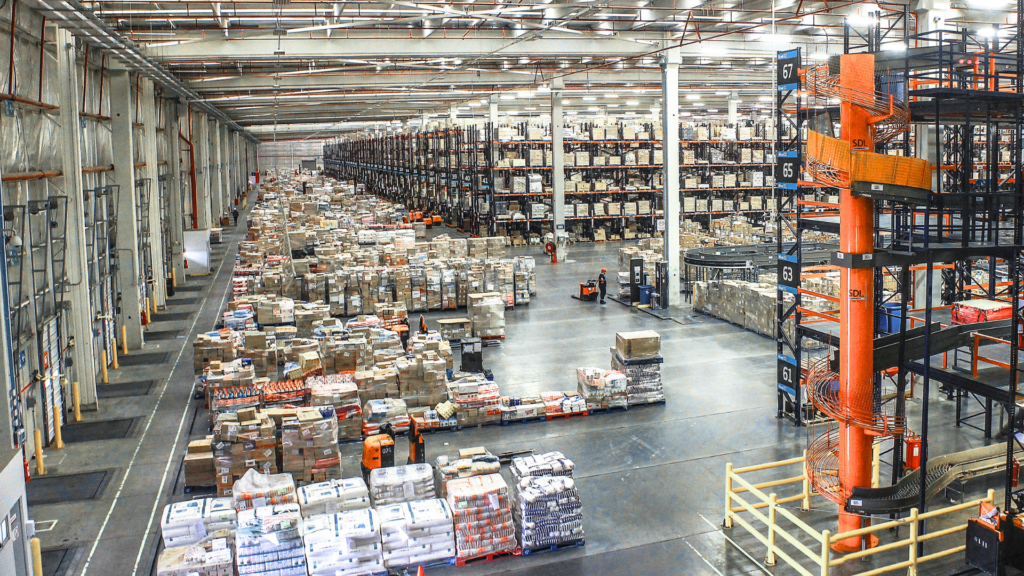The silent foundation of global trade
When it comes to the movement of goods across the planet, we often visualize massive ships and roaring trucks. But behind the scenes, the real magic happens in warehouses and distribution centers. These spaces, though usually tucked far from the public eye, form the invisible glue that keeps the whole system from falling apart. Without them, even the most advanced shipping technology would be useless—every item would be stuck in limbo, unable to reach the hands of waiting customers.
Think of industrial real estate as the neighborhood that never sleeps. Goods are constantly arriving, getting sorted, and heading back out again, making the difference between an efficient supply chain and one riddled with delays. As consumer habits evolve, especially with the rise of e-commerce, these facilities have only grown in both scale and importance.
Warehouses: more than just storage
At first glance, a warehouse might seem like a giant, empty building designed just to store stuff until it’s needed. But modern warehouses are dynamic hubs, full of technology and strategic planning. Today’s facilities use automated systems, robotics, and advanced tracking software to keep goods moving quickly and accurately. It’s not just about saving space—it’s about orchestrating a perfectly timed dance of receiving, organizing, and dispatching inventory.
Mistakes in this high-stakes environment can lead to out-of-stock products, missed delivery windows, or even lost business. So, the pressure is on for these spaces to operate at peak efficiency. In reality, a well-run warehouse quietly saves companies millions by avoiding errors and maximizing throughput.
You can see our available warehouses here.
Distribution centers: the beating heart of e-commerce
Distribution centers aren’t just warehouses with a fancier name—they’re specialized facilities designed to break up shipments, package orders, and send them off on their final leg. With e-commerce, speed is everything. Customers expect next-day, sometimes even same-day delivery, so distribution centers have to work around the clock. These spaces are located strategically near major cities or transport hubs to ensure orders are never too far from reaching their destinations.
Inside, teams pick and pack goods in record time, relying on refined workflows and digital tools to track every item. Many distribution centers also serve as returns hubs, quickly reintegrating products back into inventory. Their efficiency is what supports the promise of fast delivery—a key competitive edge in the online marketplace.
You might be interested in: Value-add improvements: projects that can boost your commercial or industrial property’s worth
Why industrial real estate matters now more than ever
The explosion of online shopping has triggered a massive demand for industrial real estate. Retailers must invest in more facilities to store and organize ever-increasing volumes of goods. With just-in-time inventory strategies, companies are moving away from keeping big reserves and leaning into having stock that can be deployed rapidly. This puts even more pressure on having the right kind of warehouse or distribution center in the right location.
Urbanization and globalization have also redefined supply chain expectations. Industrial spaces must now balance maximum efficiency, sustainability, and proximity to high-density markets. Modern companies can’t afford old-fashioned, manual warehouses. Instead, they need smart facilities that serve as the backbone for everything from groceries to gadgets, ensuring the wheels of commerce never stop turning.
If you found our article useful, please share it with others and don’t forget to follow us on Facebook, Instagram and LinkedIn as well as check out our services at agorare.com

